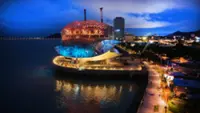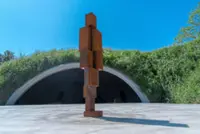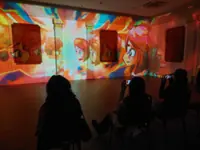Researchers at Case Western Reserve University in Cleveland have developed a technique for identifying the creator of an artwork with great precision, drawing on the powers of artificial intelligence. Photo: AFP
Researchers in the US have developed an artificial-intelligence-based system capable of identifying which artist created a given painting with a high degree of accuracy.
Thanks to deep learning techniques, and the study of several thousand artworks, it could be used to recognise forgeries.
Already a subscriber? Log in
Save 30% OFF The Star Digital Access
Cancel anytime. Ad-free. Unlimited access with perks.





